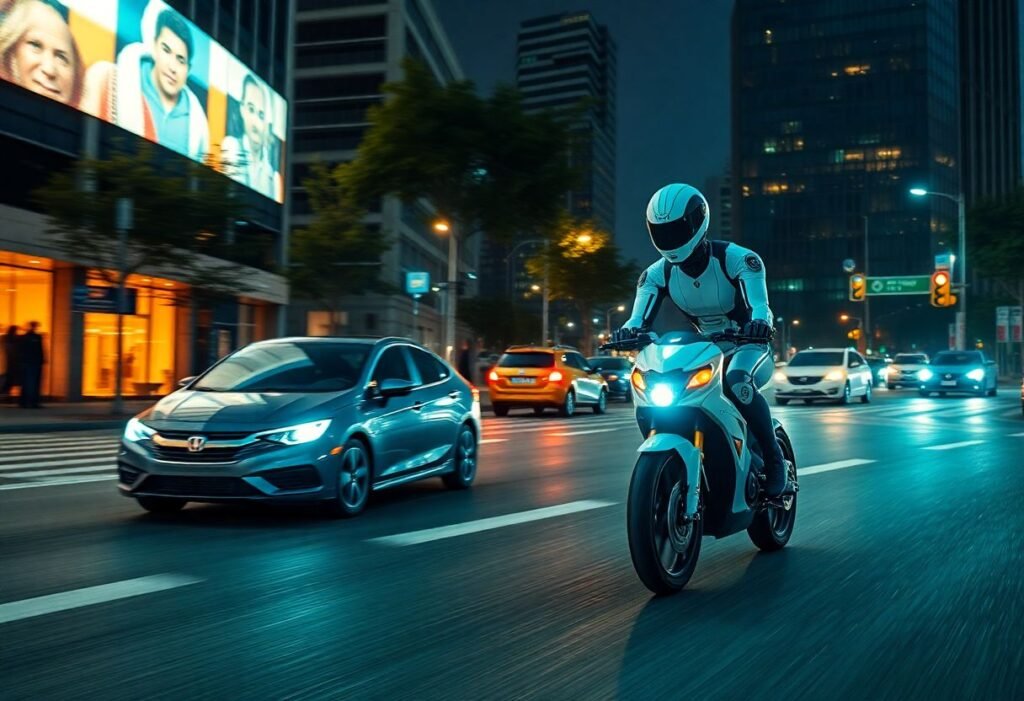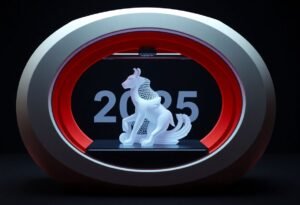The integration of robotics into urban mobility systems is set to revolutionize how cities function and how individuals move within them. By enhancing efficiency, sustainability, and safety, robotics stands at the forefront of urban innovation.
The Impact of Robotics on Urban Transit Systems
Robotics plays a crucial role in transforming urban transit systems. With the introduction of autonomous vehicles, cities can experience a dramatic reduction in traffic congestion and pollution. These self-driving solutions utilize advanced sensors and algorithms to navigate through urban landscapes, leading to more efficient routes and minimize waiting times. Major cities around the world are investing in robotic technologies that optimize public transportation schedules and can respond to real-time demand dynamically.
Improving Safety through Robotics
As urban areas become more populated, safety concerns rise. The implementation of robotic systems in traffic management has shown promise in mitigating accidents. These systems can monitor traffic flow, detect hazardous conditions, and even guide emergency responses. With the ability to analyze data continuously, robotic safety measures improve response times and enable safer environments for pedestrians and cyclists alike.
Robotics in Smart Infrastructure
Urban spaces are increasingly becoming smart cities, utilizing technology to enhance infrastructure. Robotics aids in this evolution by managing utilities, waste, and maintenance operations efficiently. For instance, robotic devices are now being deployed for road repairs, significantly reducing downtime and inconveniences to commuters. Furthermore, smart traffic lights guided by robotics can adapt to real-time conditions, further enhancing traffic efficiency.
Enhancing Mobility for Everyone
Robotics also plays a vital role in ensuring mobility for all citizens, including those with disabilities. Robotic solutions like automated buses and smart walkways are designed to be inclusive, fostering a network that supports universal access. Such innovations are crucial in meeting the needs of diverse populations and ensuring that no individual is left behind in the city’s transportation framework.
Future Trends in Robotics for Urban Mobility
The future of urban mobility will be heavily influenced by advancements in robotics. Cutting-edge technologies such as artificial intelligence will enhance robotic capabilities, enabling them to learn and adapt to user behaviors and environmental changes. Additionally, the synergy between robotics and Internet of Things (IoT) will offer unprecedented levels of data integration, leading to smarter navigation and optimization techniques that could revolutionize public transport and personal mobility.
The Global Shift Towards Robotic Innovations
Countries around the globe are recognizing the significance of integrating robotics into their urban mobility strategies. Cities are no longer just adopting these technologies but are actively innovating to create unique solutions tailored to their specific needs. This global shift towards robotic innovations indicates a profound transformation in how urban environments will function in the future, ensuring that urban mobility is efficient, sustainable, and accessible.
Disclaimer: The information in this article is intended for educational purposes only and should not be construed as professional advice.





















